Home>Gardening & Outdoor>Landscaping Ideas>How To Prepare Grass For Seeding
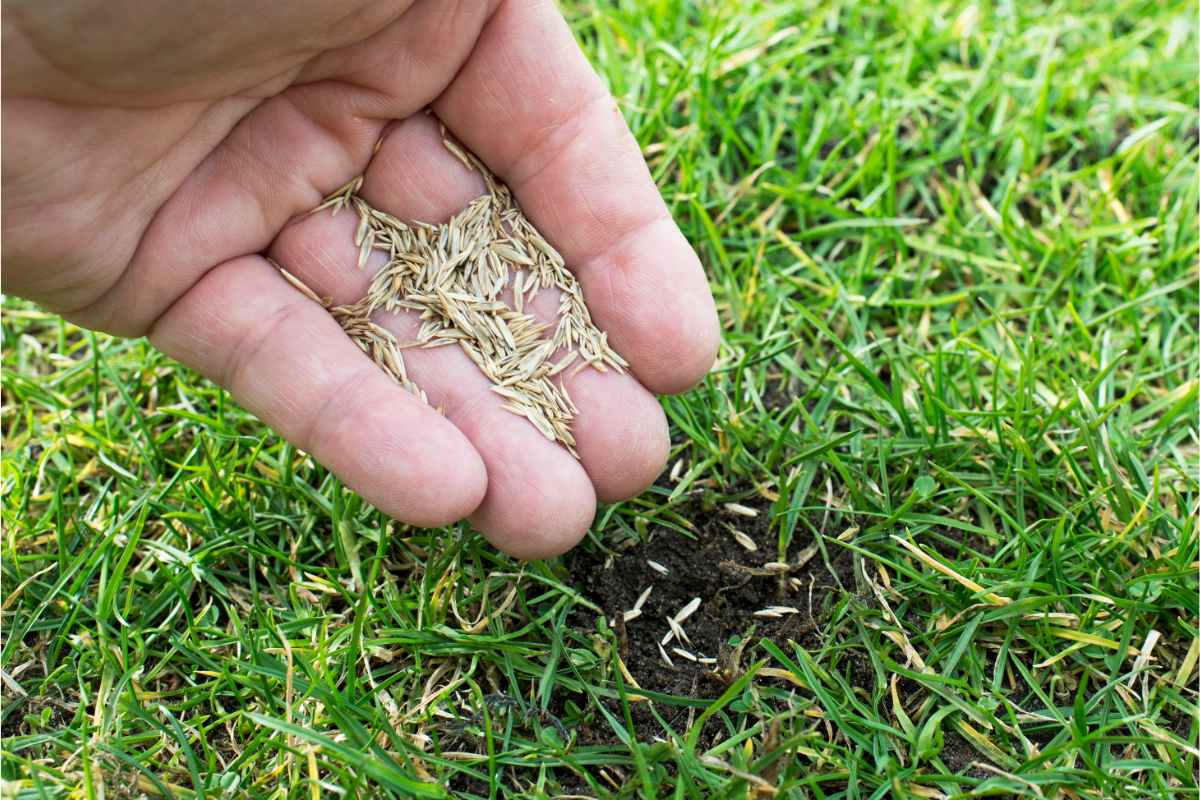

Landscaping Ideas
How To Prepare Grass For Seeding
Modified: August 27, 2024
Learn effective landscaping ideas for preparing grass for seeding. Discover step-by-step methods to achieve a lush and healthy lawn. Start your landscaping project today!
(Many of the links in this article redirect to a specific reviewed product. Your purchase of these products through affiliate links helps to generate commission for Storables.com, at no extra cost. Learn more)
Introduction
Welcome to the world of landscaping, where the canvas is the earth itself and the paintbrush is your vision. One of the most rewarding and transformative projects in landscaping is the process of seeding new grass. Whether you are revitalizing a patchy lawn or starting from scratch, preparing the ground for new grass is a crucial first step towards achieving a lush and vibrant landscape.
By understanding the essential steps involved in preparing the ground for seeding, you can set the stage for healthy grass growth and long-term success. From assessing the area to clearing debris, and from soil preparation to the actual seeding process, each step plays a vital role in creating an optimal environment for new grass to thrive. With proper care and attention to detail, you can cultivate a verdant and inviting lawn that enhances the beauty of your outdoor space.
Join us as we delve into the intricacies of preparing grass for seeding, uncovering the key insights and techniques that will empower you to embark on this enriching journey. Through a combination of practical know-how and creative inspiration, you will soon be on your way to transforming your outdoor landscape into a breathtaking tapestry of greenery.
Key Takeaways:
- Before seeding new grass, assess the area for sunlight, soil quality, and existing features. This helps choose the right grass and create an optimal environment for healthy growth.
- Clear debris, prepare the soil, and use proper seeding techniques to establish a vibrant lawn. Consistent watering and maintenance support the grass’s long-term health and resilience.
Read more: How To Prepare Lemongrass Tea
Assessing the Area
Before diving into the process of seeding new grass, it’s essential to conduct a thorough assessment of the area where you intend to cultivate a lush lawn. Start by evaluating the existing grass coverage, if any, and identifying any areas that may require special attention.
Take note of the amount of sunlight the area receives throughout the day, as this will influence the type of grass best suited for the location. Some grass species thrive in full sun, while others are more tolerant of shade. Understanding the sunlight patterns will help you select the most appropriate grass variety for your specific conditions.
Furthermore, assess the soil quality and drainage in the area. Compacted soil, poor drainage, or imbalanced pH levels can hinder grass growth. By testing the soil and addressing any issues, such as excessive acidity or alkalinity, you can create an optimal foundation for the new grass to take root and flourish.
Consider the topography of the land as well. Sloped areas may require special attention to prevent soil erosion and ensure even water distribution during the establishment of the new grass. Understanding the land’s natural features will guide you in making informed decisions throughout the preparation and seeding process.
Lastly, take into account any existing landscaping features, such as trees, shrubs, or hardscapes, that may impact the growth of the new grass. By carefully assessing the area, you can tailor your approach to address specific challenges and leverage the unique characteristics of the landscape to create a thriving grassy expanse.
By meticulously evaluating the area before proceeding, you can lay the groundwork for a successful grass seeding project, setting the stage for a vibrant and resilient lawn that enhances the beauty of your outdoor space.
Clearing Debris
Clearing debris from the designated area is a crucial step in preparing the ground for seeding new grass. Debris such as rocks, branches, and other organic matter can impede the growth of grass and create an uneven surface, hindering the establishment of a healthy lawn.
Begin by removing any visible debris from the surface, including larger items that may obstruct the seeding process. This can be accomplished using a rake or by handpicking larger objects. By clearing the area of debris, you create a clean canvas for the new grass to take root and thrive.
Next, consider the presence of weeds and existing vegetation. Weeds compete with new grass for nutrients and sunlight, potentially stunting its growth. Depending on the extent of weed growth, you may need to employ weed removal techniques such as hand-pulling, herbicidal treatment, or tilling to eradicate unwanted vegetation and prevent it from impeding the growth of the new grass.
After addressing visible debris and unwanted vegetation, it’s essential to assess the soil for any underlying debris or compaction. Utilize a soil cultivator or aerator to loosen compacted soil and improve its overall structure. This process enhances the soil’s ability to retain moisture and promotes better root penetration for the newly seeded grass.
By meticulously clearing debris and preparing the soil, you create an optimal environment for the successful establishment of new grass. This foundational step sets the stage for healthy grass growth and ensures that the landscape is ready to be transformed into a verdant oasis.
Before seeding, remove any existing weeds and debris from the area. Loosen the soil with a rake or tiller to create a good seed bed. Consider adding a thin layer of topsoil if the existing soil is poor.
Soil Preparation
Effective soil preparation is fundamental to the success of a new grass seeding project. By optimizing the soil composition and structure, you can create an ideal foundation for the healthy growth of grass, setting the stage for a lush and resilient lawn.
Start by testing the soil to assess its pH levels and nutrient content. This information will guide you in determining the necessary amendments to achieve an optimal growing environment for the new grass. Soil testing kits are readily available and provide valuable insights into the soil’s composition, enabling you to make informed decisions about the required adjustments.
Based on the soil test results, you may need to incorporate organic matter, such as compost or well-rotted manure, to enhance the soil’s fertility and texture. Organic amendments improve soil structure, promote microbial activity, and provide essential nutrients for the developing grass roots, fostering robust and vigorous growth.
In addition to organic amendments, you may need to address soil compaction, a common obstacle to successful grass establishment. Utilize a garden fork, soil cultivator, or mechanical aerator to alleviate compaction and improve soil aeration. This process enhances water infiltration and root penetration, creating an environment conducive to healthy grass development.
Furthermore, consider the application of a starter fertilizer specifically formulated for new grass seedlings. These fertilizers provide essential nutrients, such as nitrogen, phosphorus, and potassium, which are vital for the initial growth stages of the grass. Select a fertilizer with a balanced nutrient ratio to promote strong root development and overall plant vigor.
By meticulously preparing the soil through targeted amendments and cultivation, you create an optimal growing medium for the new grass, fostering robust root establishment and ensuring the long-term health and vitality of the lawn.
Seeding the Grass
Seeding the grass marks a pivotal moment in the transformation of your outdoor space, as it sets the stage for the emergence of a vibrant and lush lawn. Proper seeding techniques and timing are essential to ensure successful germination and the establishment of healthy grass coverage.
Begin by selecting high-quality grass seed that is well-suited to your specific climate, soil type, and sunlight conditions. Consider factors such as drought tolerance, shade tolerance, and maintenance requirements when choosing the appropriate grass variety for your landscape. Opt for a premium seed blend that aligns with your desired aesthetic and functional preferences.
Before seeding, prepare the area by raking the soil to create a fine, level seedbed. This facilitates good seed-to-soil contact, which is crucial for germination. Broadcasting the seed evenly across the prepared area ensures uniform coverage and promotes consistent grass growth.
After distributing the seed, lightly rake the surface to cover the seeds with a thin layer of soil. This helps protect the seeds from birds and excessive sunlight while promoting moisture retention, which is vital for seed germination. Consider using a mulch cover to further safeguard the seeds and maintain optimal soil moisture levels during the critical germination phase.
Water the newly seeded area gently and consistently to keep the soil moist but not waterlogged. Avoid overwatering, as excessive moisture can hinder germination and promote fungal diseases. A fine misting spray or a gentle sprinkler system can help ensure even water distribution without disturbing the seeds.
Monitor the seeded area closely for the emergence of young grass seedlings. As the grass begins to grow, adjust your watering schedule to encourage deep root development and overall resilience. Gradually transition to a regular watering routine, taking into account rainfall and seasonal variations, to support the establishment of a healthy and robust grass cover.
By employing precise seeding techniques and providing attentive care during the critical germination phase, you can foster the development of a thriving grassy expanse that enhances the beauty and vitality of your outdoor environment.
Read more: How To Prepare Poppy Seeds For Baking
Watering and Maintenance
After seeding the grass, consistent and attentive watering is essential to support the germination process and promote the healthy establishment of the new grass. Proper watering practices, coupled with ongoing maintenance, are crucial for nurturing a resilient and vibrant lawn.
During the initial germination phase, ensure that the newly seeded area remains consistently moist. Light, frequent watering is key to preventing the soil from drying out and disrupting the germination process. Utilize a fine misting spray or a gentle sprinkler system to deliver water evenly and avoid disturbing the seeds.
As the grass seedlings emerge and begin to establish, gradually transition to a deeper and less frequent watering schedule. This encourages the development of robust root systems and promotes overall plant resilience. Monitor the soil moisture levels regularly and adjust your watering routine based on environmental conditions and the specific needs of the emerging grass.
Once the grass has established itself and is actively growing, maintain a regular watering schedule, taking into account natural rainfall and seasonal variations. Deep, infrequent watering encourages the grass roots to penetrate deeper into the soil, enhancing their ability to access moisture and nutrients, and promoting greater resilience during periods of drought or heat stress.
In addition to watering, ongoing maintenance practices play a vital role in nurturing a healthy and vibrant lawn. Regular mowing, fertilization, and proactive weed control contribute to the long-term success of the grass, ensuring that it remains lush and resilient throughout the growing season.
When mowing the newly established grass, adhere to the recommended mowing height for the specific grass variety. Avoid cutting the grass too short, as this can stress the plants and impede their growth. Regular fertilization with a balanced lawn fertilizer supports the grass’s nutritional needs, promoting lush, green growth and overall vigor.
Lastly, remain vigilant against weeds and pests that may threaten the health of the grass. Promptly address any weed infestations and implement integrated pest management practices to safeguard the grass from potential threats, ensuring that it thrives in a healthy and harmonious environment.
By providing consistent and attentive watering, coupled with ongoing maintenance practices, you can cultivate a resilient and verdant lawn that enriches the beauty and vitality of your outdoor landscape.
Frequently Asked Questions about How To Prepare Grass For Seeding
Was this page helpful?
At Storables.com, we guarantee accurate and reliable information. Our content, validated by Expert Board Contributors, is crafted following stringent Editorial Policies. We're committed to providing you with well-researched, expert-backed insights for all your informational needs.
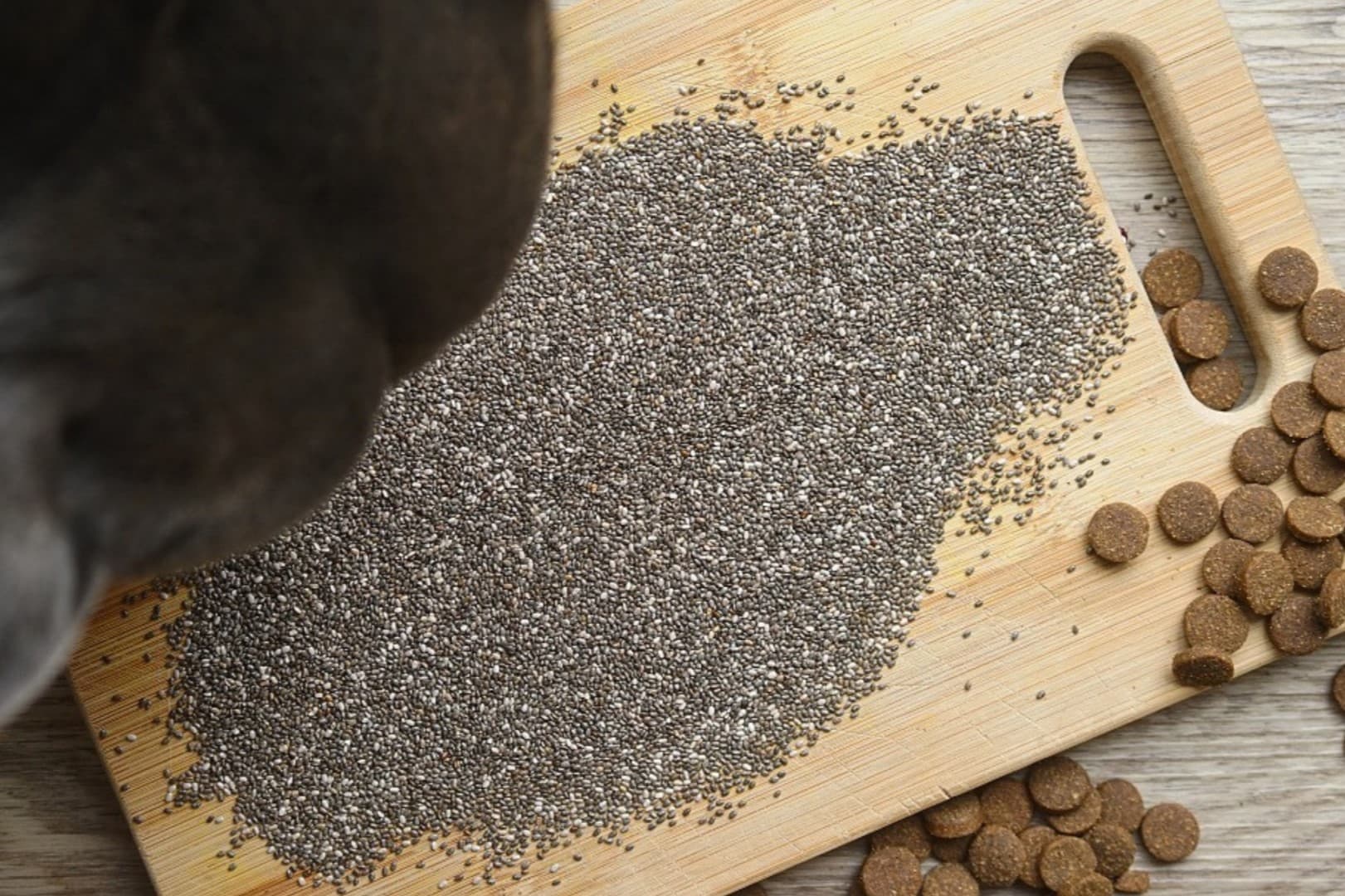
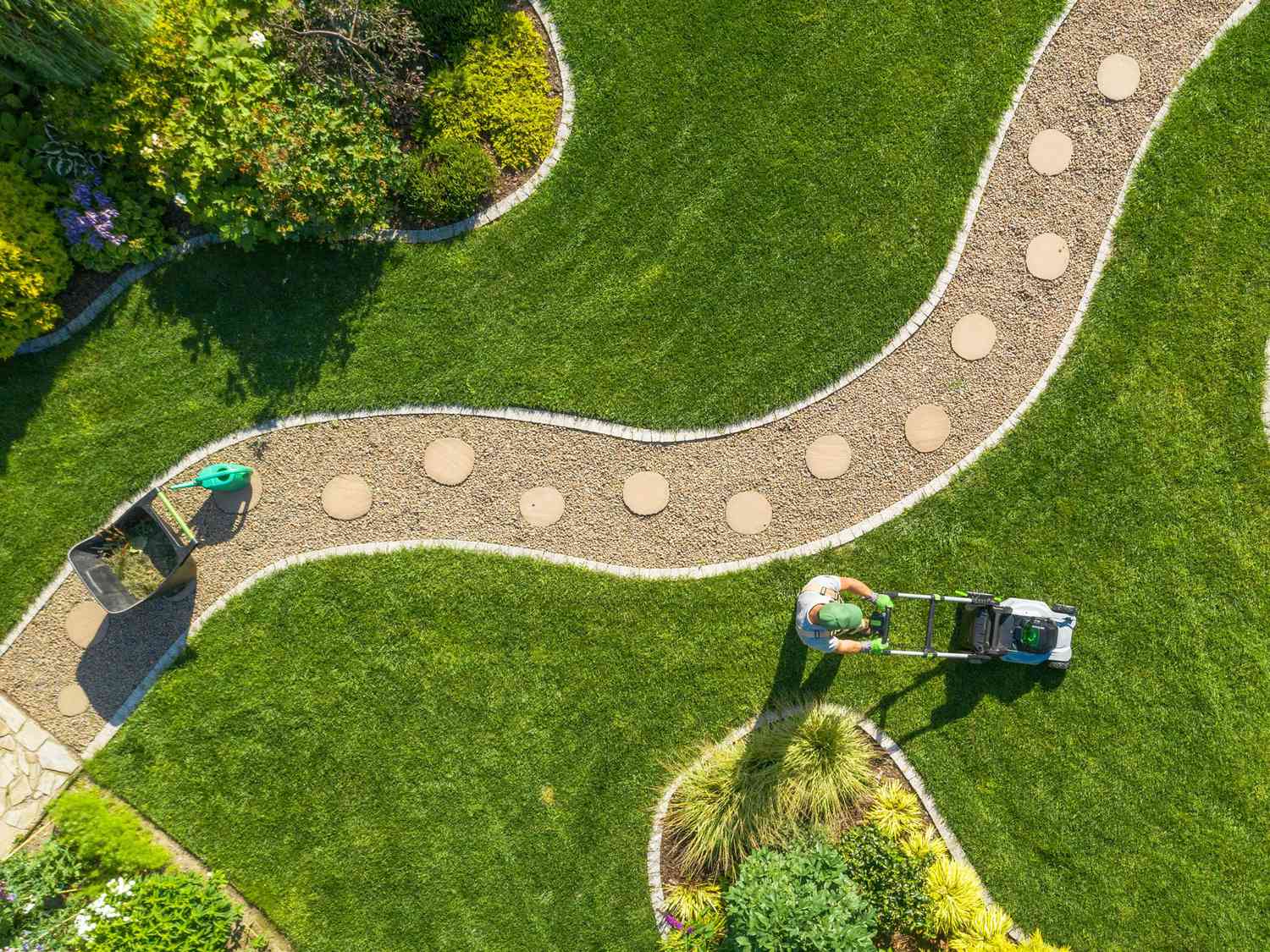
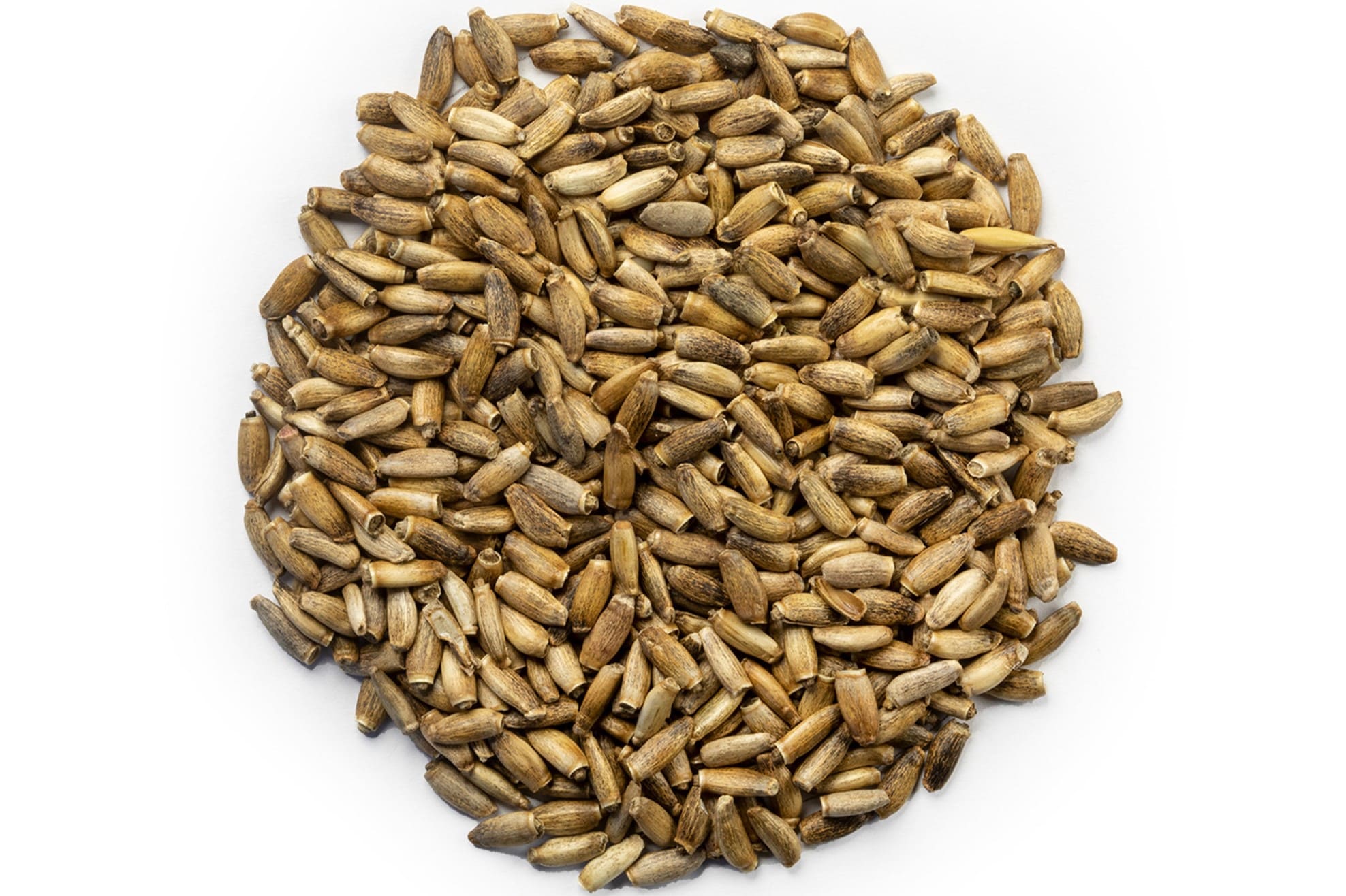
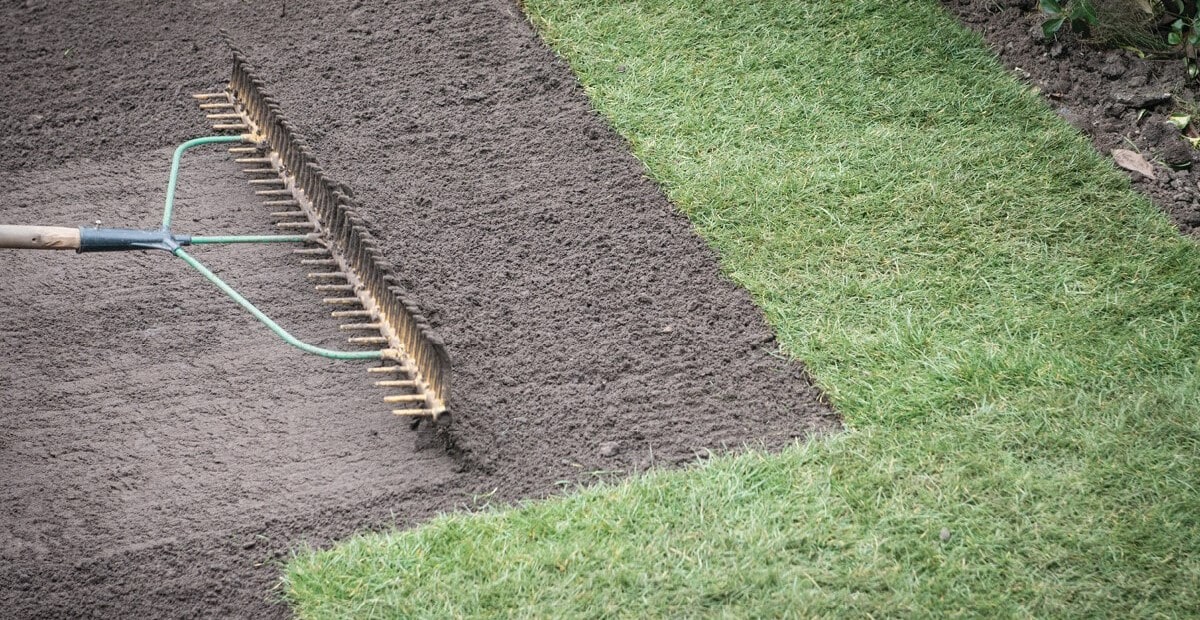
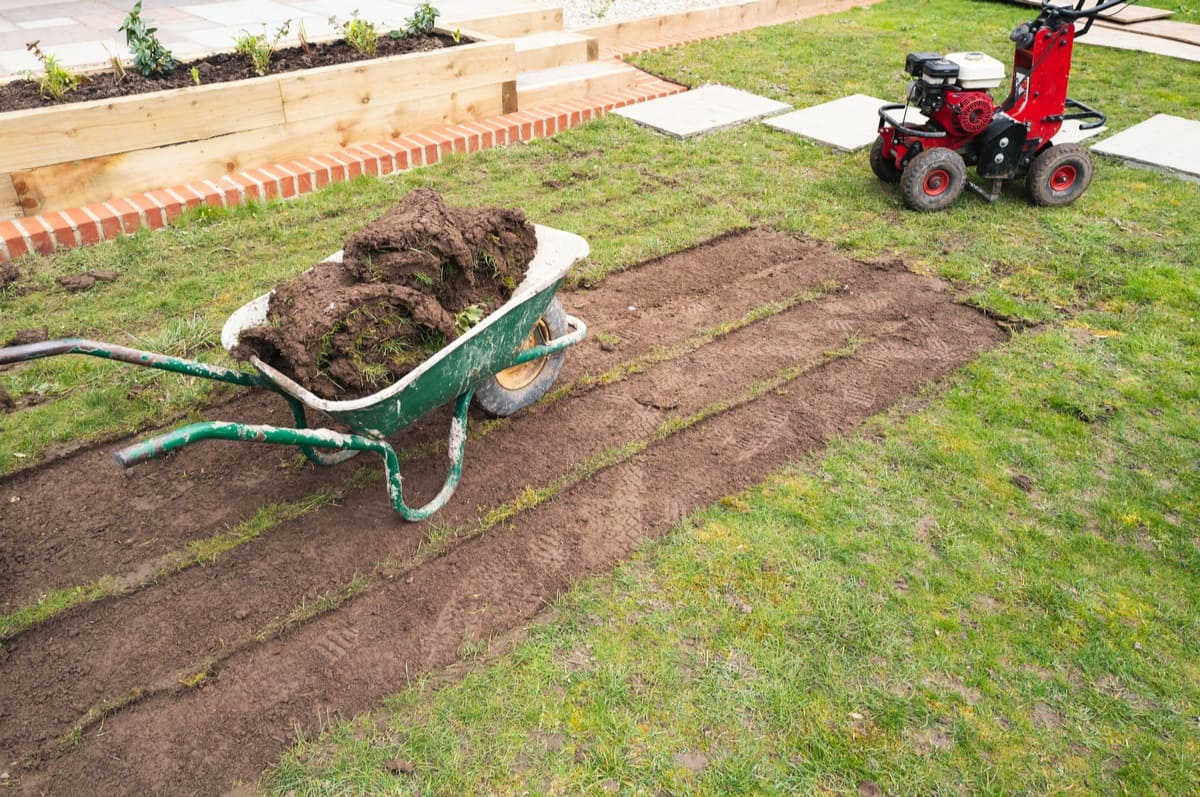
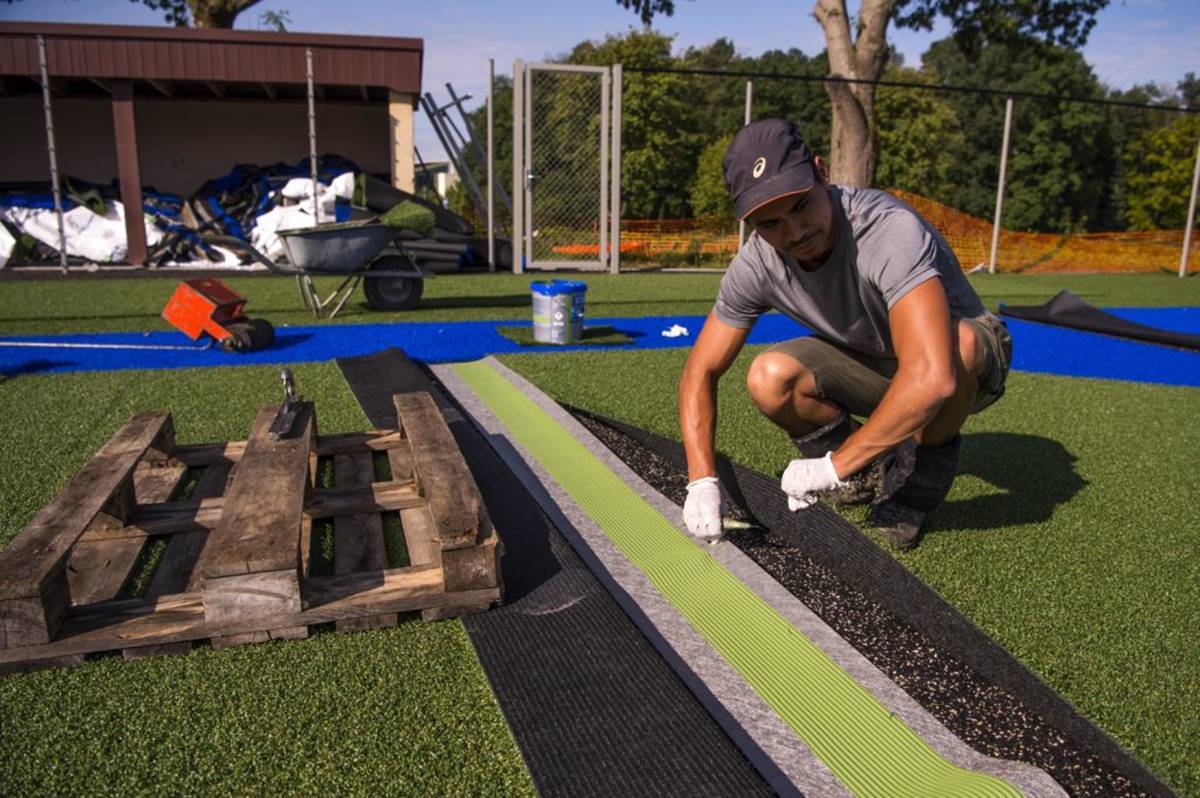
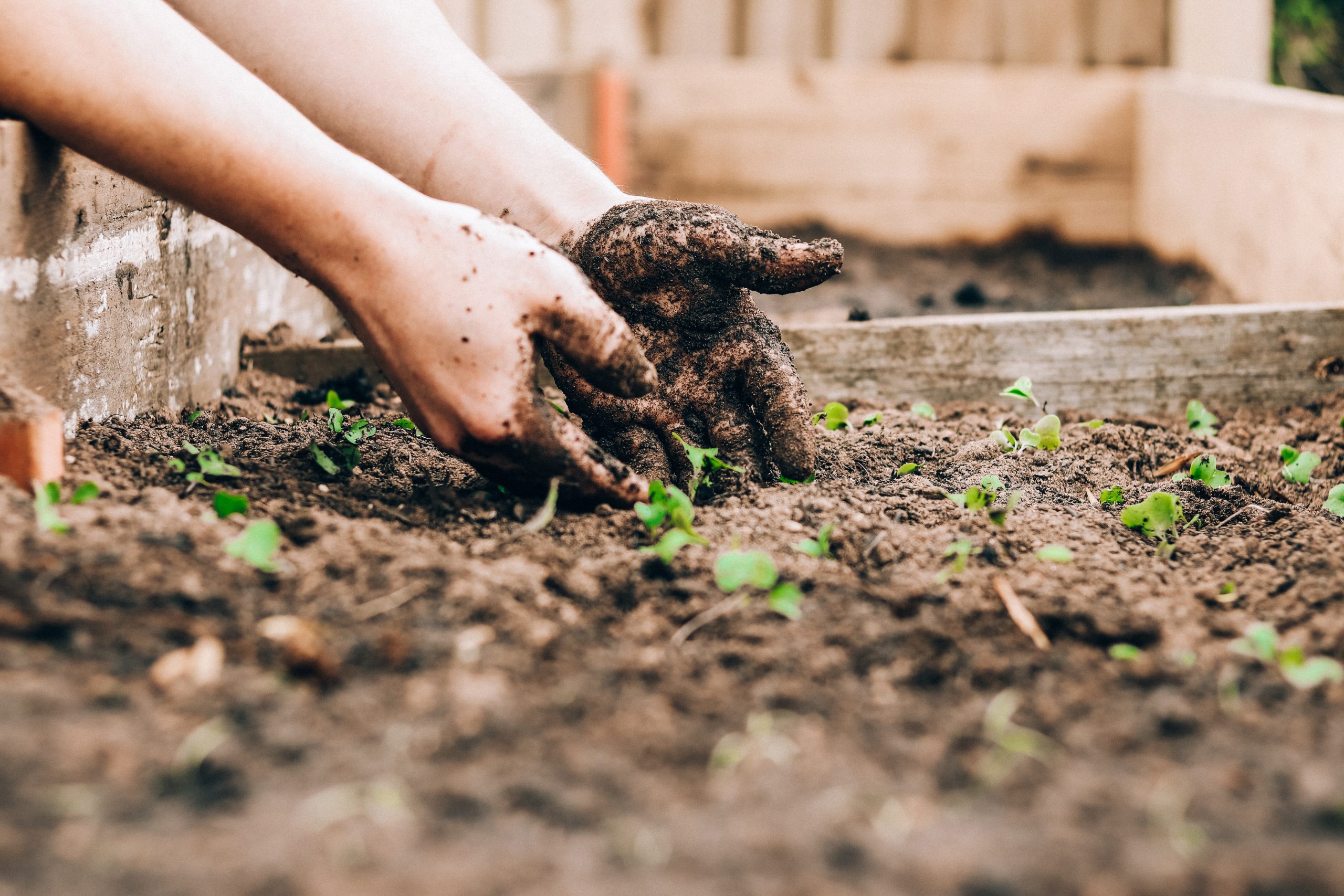








0 thoughts on “How To Prepare Grass For Seeding”